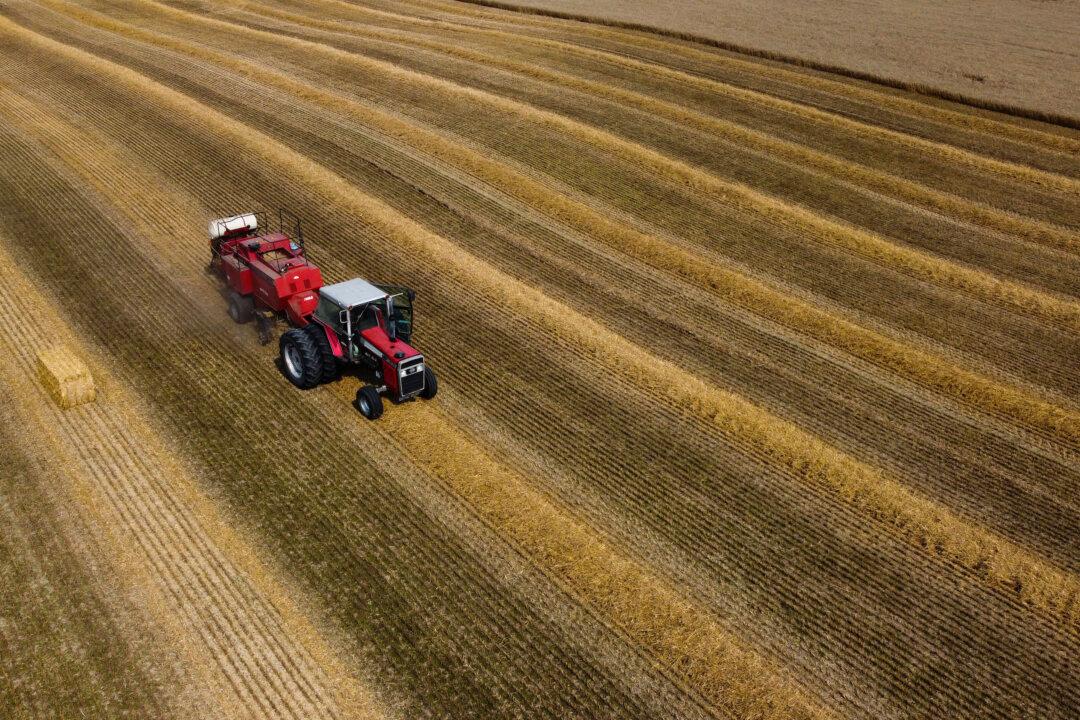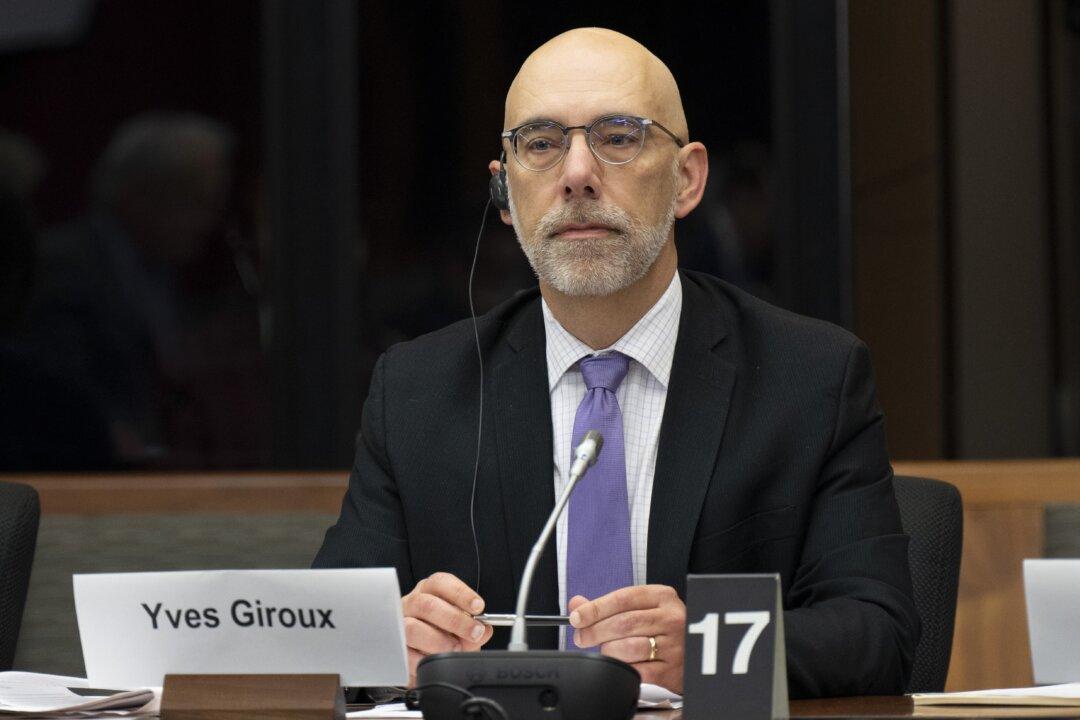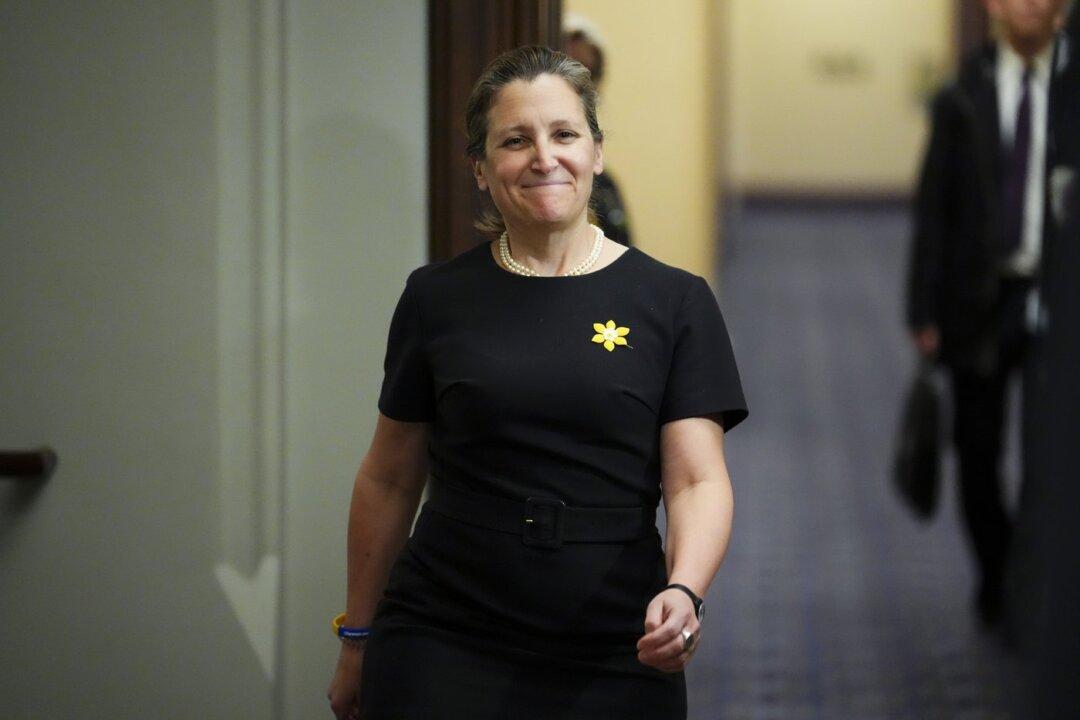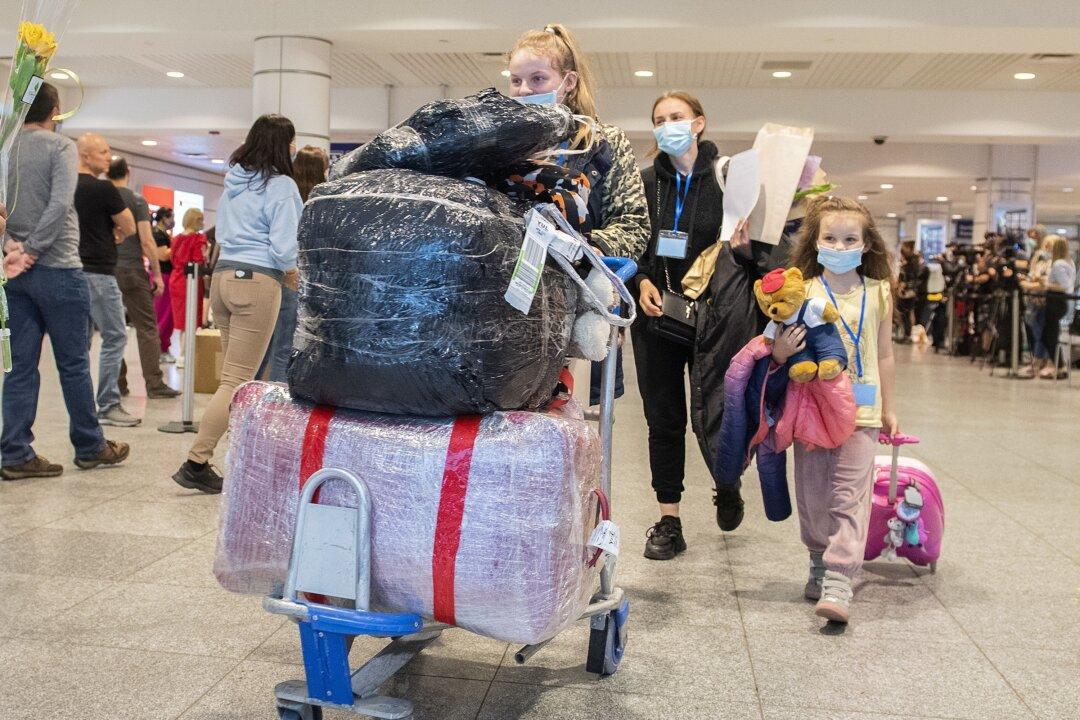Measuring greenhouse gas emissions (GHGs) caused by using synthetic nitrogen fertilizer is a tedious and unreliable process that will exponentially raise the cost of growing crops—which will inevitably be passed on to consumers, say farmers in Northern Ontario.
The Epoch Times spoke with several farmers in the region who expressed concern about adhering to the federal government’s proposed fertilizer emissions targets.





